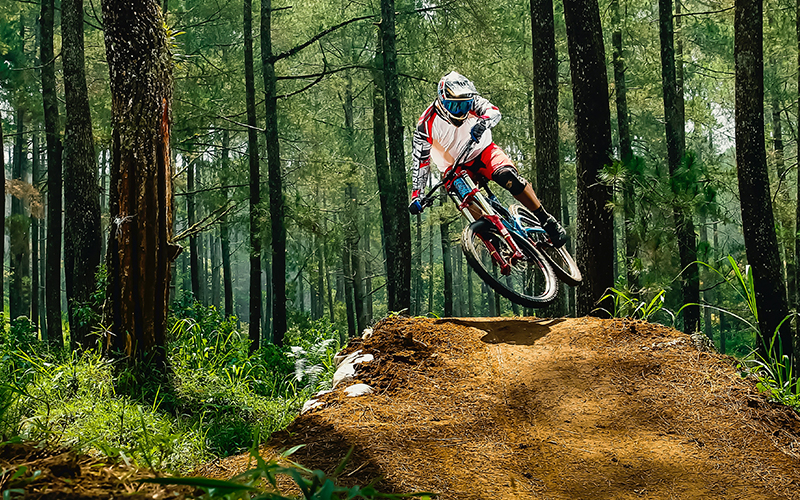By Ross Saxton
In Part 1 of “How a trail is born,” we looked at the first steps of bringing a trail from idea to a hike-able, bike-able, enjoyable route though the woods. Determining a need and purpose, coordinating with partners and landowners, establishing long-term protections, creating the design and route, considering ecological features, and lining up the builders are just the initial tasks on the trail-building checklist that must be crossed off the list before moving onto permitting, fundraising, and construction. Let’s unveil the rest of the process.
The permitting phase can happen in conjunction with the fundraising phase if a grant does not require permitting to be completed before the application is submitted. So, there is some coordination of details before moving onto these steps. Either way, permitting is an important step in the trail- or path-building process to make sure local and state conditions are met, including ecological and safety considerations. Some towns want to make sure that a trail is in a landowner or organization’s master plan. Permitting can range from very simple, taking just a matter of weeks, to complex lasting several months. Just to give you a better idea, a trail or path might need no permitting at all, depending on the location, length, and type of trail or path. On the other hand, a trail or path might need a wetland permit (after a “wetland delineation” map is created), an Act 250 permit, a stormwater permit, and a local zoning permit; in a case like this, which certainly can happen in the Mad River Valley, we’re looking at several months to have the needed permits in hand. Some of these permitting requirements can cost thousands of dollars, like the wetland delineation process and engineering, so having funds to pay for the upfront costs is necessary. Permitting can take patience, careful planning, and optimism.
Building trails and paths do cost money, of course, so fundraising is a key component to the process. We benefit greatly from local, regional, and national grants here in the MRV. And although we appreciate grant funds immensely and need grants to accomplish our work, grants are competitive and require a good deal of work, and they are never guaranteed. What trail building organizations love even more is the generosity of local donations from individuals, families, foundations, and businesses. Memberships and support from annual appeals are really the foundation of trail projects and the administration behind this work. A way that funds can be mitigated for many projects is using volunteers to construct a trail or path, either partially or entirely. Another way to reduce the cost of a project is to use donated or repurposed materials, which happens all the time.
Finally, when permits are obtained, funds are raised, the design is finalized, and builders are lined up, construction can begin! Construction can range quite broadly between trail and path types. Perhaps the simplest is a mowed grass path with no bridges, boardwalks, or fill anywhere. On the other end of the spectrum, perhaps the most complex is a hilly singletrack trail with bridges, boardwalks, rock crossings, and features like bike jumps, gaps, climbing turns, and berms. As said before, volunteers can make a project very affordable, and it’s a big benefit for local people to have a stake in their trails since they feel ownership and are more likely to help maintain it over time. When possible, hiring a contractor to machine-build a trail can be a really amazing thing for the flow, resilience, and enjoyability of the trail; it all goes back to the first steps when defining the purpose of the trail.
A lot of love, time, thought, passion, and sweat goes into our Valley’s trails and path system. “How a trail is born” seems like an accurate description to the trail and path caretakers as these routes through our woods and meadows that feel like our babies take on a life of their own over time, and we hope those who enjoy them feel the same way.
Saxton lives in Waitsfield and is the executive director of the Mad River Path Association













